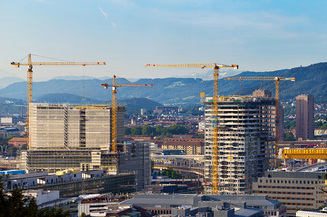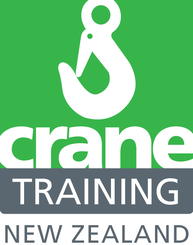|
Many crane operators know that working in an urban environment brings its own set of challenges and hazards. One of those challenges is working the crane over an occupied building.
The key risk in any job is whether there is an element of serious harm of death to persons and if there is, then the Health and Safety at Work (General Risk and Workplace Management) Regulations 2016 need to be followed. Under the Regulations, a PCBU has a duty to identify hazards that could give rise to reasonably foreseeable risks to health and safety. If a PCBU cannot eliminate risks to health and safety in accordance with section 30(1)(a) of the HSWA, then Regulation 6, the Hierarchy of Control Measures, must apply. This means that one or more of the following actions that is most appropriate and effective taking into account the nature of the risk must be taken:
A crane operating over an occupied building that is a workplace must consider the above as well as abide by the HSWA Regulations. Does a crane operating over an occupied building give rise to reasonably foreseeable risk to health and safety? I would argue that it does based on the following potential scenarios:
The questions then are:
If you have any comments on this It would be great to get some feedback Caltex Historical Fuel Prices If you are part of the Association's Caltex Fuel Scheme then you can view the latest price changes each week. You can view the pricing here |
Archives
June 2023
Categories
All
|
|
|
|
NZBN: 9429042812272
The Crane Association of New Zealand (Inc.) has membership or reciprocal membership with the following associations


 RSS Feed
RSS Feed










